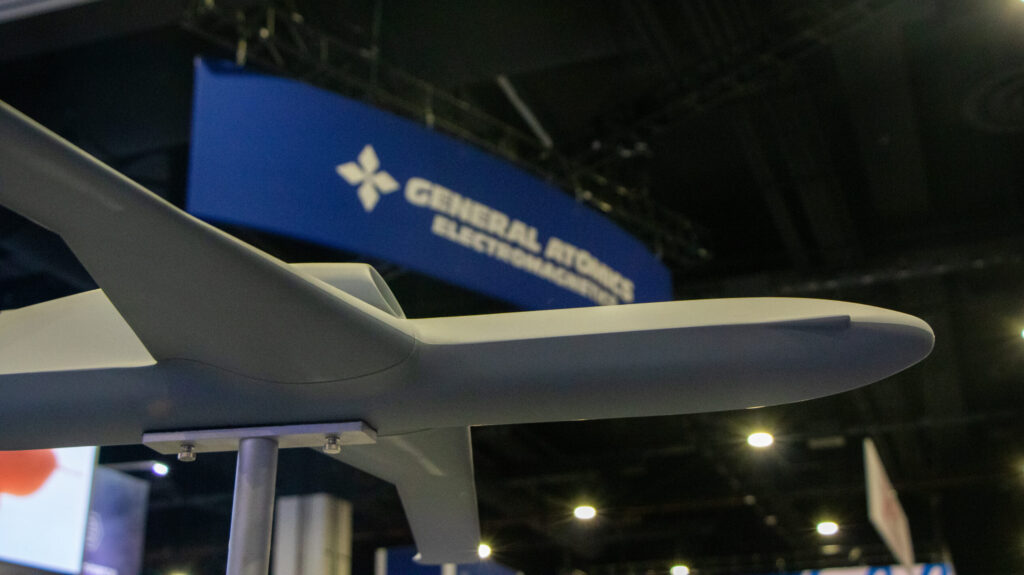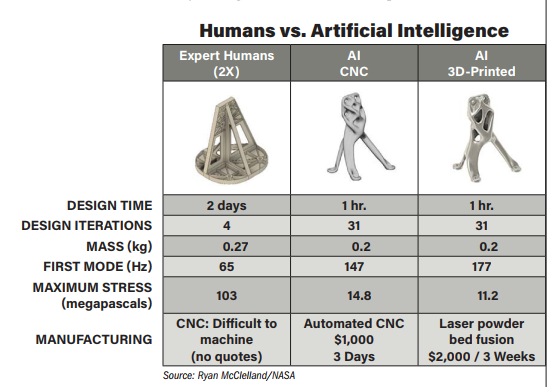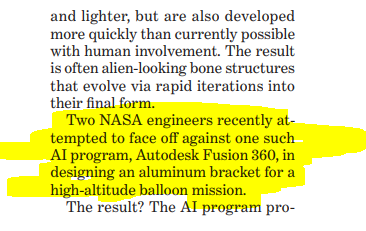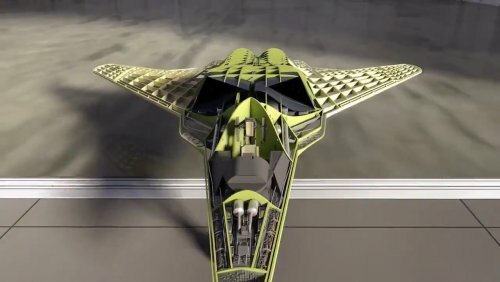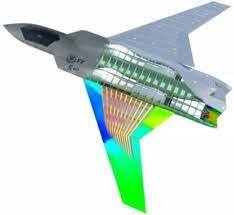La-Fuente Technologies
NEXT GENERATION AIR DOMINANCE
- Joined
- 21 November 2022
- Messages
- 345
- Reaction score
- 274

Air Force's future spending outlook shows big jumps for new, marquee weapons - Breaking Defense
Seeking to pivot to a new generation of air power by fielding platforms like the Next Generation Air Dominance Fighter, the Air Force is planning significant investments into future technologies, according to service budget documents, which also show that fiscal 2024 could be a turning point for...
ICYMI: NGAD, NGAP and CCAs, FYI
After previewing an approximately $276 million funding increase for NGAD technologies during the service’s budget rollout, the FYDP numbers show that near-term spending on NGAD will more than double by the end of the five-year period, climbing from a request of $1.9 billion in FY24 to roughly $4.1 billion in FY28.
NGAD efforts include development of a secretive, sixth-gen stealth fighter as well as the associated hardware and software to foster a family of systems, the budget documents say. The FY24 spending levels further show the Air Force may be moving more aggressively to develop the fighter than previously anticipated, as FY23 budget documents showed the service was predicting to spend under $1.7 billion in FY24.
It is still unknown what airframe primes are in the running to build the fighter, though Kendall has indicated that the program is well along the way to a down-select.
To power NGAD, the service will also continue developing the fighter’s Next Generation Adaptive Propulsion (NGAP) engine, seeking $595 million in the coming fiscal year. RDT&E spending will finish off in FY27 at a level of $291 million, according the the j-books, which state that “competitive prototyping” work would proceed between FY25 and FY28. Both Pratt & Whitney and General Electric are participating in NGAP, which a top official suggested last year could move to down-select as soon as this year.
And to fight alongside NGAD, the Air Force also wants to significantly ramp up spending on CCA drones. Last year, the Air Force’s FY23 request suggested the service would seek roughly $50 million in FY24 for work to develop the CCA platform, but the service is now asking lawmakers for nearly eight times as much at $392 million. The program’s topline is projected to dip in funding to around $246 million in FY25 but will shoot up to $1.6 billion in FY27 and will approximately double to $3 billion in FY28.
Along with funds for new sensor development, the Air Force is also supplementing CCA efforts with two new starts: one for an Experimental Operations Unit (EOU) that will run risk reduction tasks like generating operational concepts for deployment, and another for expanding autonomy test beds, which an industry executive previously pointed to as a choke point for CCA development.




